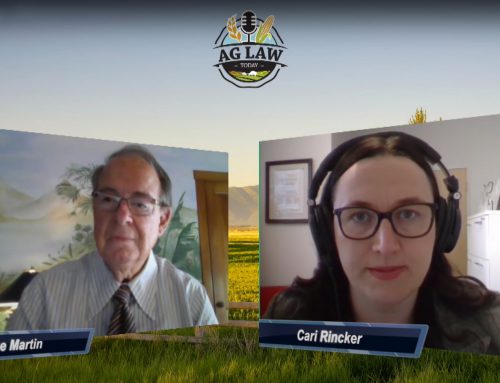In the fall of 2013, the citrus growers and beekeepers of Florida were involved in a voluntary and collaborative initiative to guarantee the protection of beehives growing close to citrus groves. Other states around the country have looked to the Florida initiative as a model for their own state on how to create partnerships between growers and beekeepers.
The initiative was started by Adam Putnam, the Florida Commissioner of Agriculture since 2011. He brought together groups from both the beekeeping and the citrus growing industries to talk about working together in order to protect both parties’ interests. Putnam explained the importance of beekeeping to agricultural success and vice versa. After much discussion and subsequent understanding of the views of both sides, recommendations were made on how these two groups could mutually benefit the common goal of keeping beehives safe.
The rest of the country saw how successful the summit was in finding answers through the cooperation of the two industries, and this resulted in the Environmental Protection Agency’s request of Florida to help start similar voluntary programs for other states on this issue.
The agricultural industry in Florida is worth over $100 billion, and this includes production of honey, citrus, and pollination services. However, the relationship between growers and beekeepers hasn’t always gone smoothly. Wanting to figure out how to minimize dangers to beehives while simultaneously letting growers use their critical methods to fight pests and diseases, the University of Florida-Institute of Food and Agricultural Sciences got together with leaders from both sides to find some answers.
Some of the solutions included continued talks between the two groups on the best placement for the beehives. Working together, contracts were written up giving permission from growers to allow the beekeepers to put some hives in the groves. The beekeepers agreed to inform growers of hive location sites, and they also agreed to quickly remove the hives if necessary. The two groups reached agreements spelling out what is expected of each industry, and the growers promised to put together a plan to manage pests that would not interfere with bee movements during bloom.


